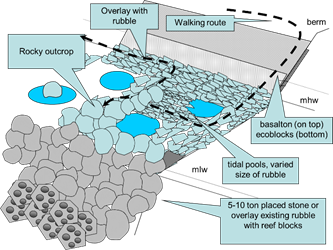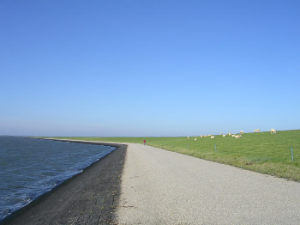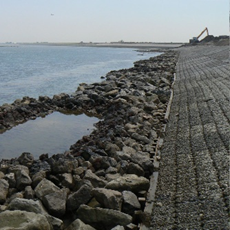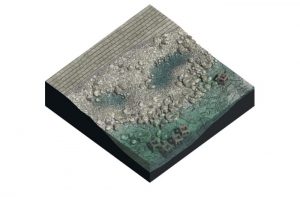Get Started
Enriching revetments comprises designing and optimizing revetments in a way that they become more suitable as habitat for different flora and fauna species. Examples are the use of rough rubble instead of smooth concrete and the construction of tidal pools. Both provide additional habitat and/or shelter for algae, polyps, sponges, crabs and juvenile fish. Enriching revetments does not only increase the natural value of revetments, but also offers opportunities for education and raising awareness among designers, constructors, students and visitors. This concept is relatively easy to apply, does not require much (additional) space and can provide added services even when physical conditions or design constraints require hard solutions.

Advantages compared to ‘traditional solution’
When the physical conditions or design constraints require hard solutions, enriching revetments still provides opportunities for added services. A rich revetments design can be a robust design that does not require additional maintenance. The following advantages are recognized:
- Ecosystems
- Socio-economic
- Governance

A traditional dike without eco-enhancing structures 
Tidal pool in front of a dike
Disadvantages compared with ‘traditional solution’
- Construction of rich revetments could add to the costs of the project;
- Added attractiveness for recreation could add additional safety risk for the public or hinderance for the surrounding;
- Provision of connectivity along the shore, could provide habitat for invasive species as stepping stones (see for instance DELOS project, http://www.delos.unibo.it/);
- In some countries, creating pools in revetments is not allowed due to danger of breeding mosquitos.

